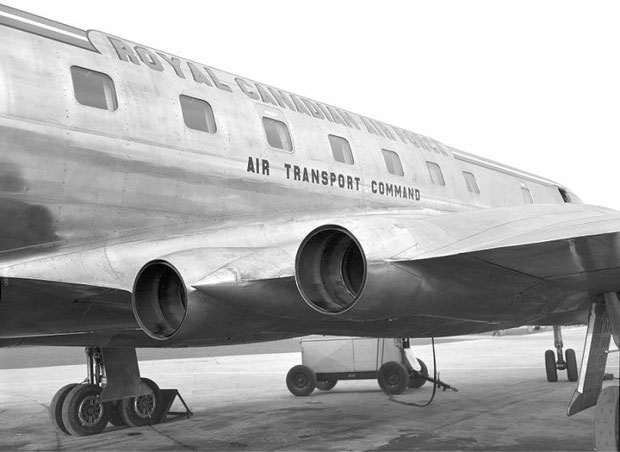In the early days of the aviation industry, airplane windows were designed in a square shape. However, two consecutive accidents led scientists to discover a deadly flaw that resulted in this change.
Everyone knows that airplane windows are typically oval rather than square or rectangular. But why is that?
In fact, during the early days of commercial aviation, passenger planes featured square windows. These windows not only alleviated feelings of confinement for passengers but also ensured sufficient light in the cabin, allowing everyone to respond more easily to potential emergencies.

The first commercial airplanes all had square windows.
In the early days, commercial passenger airplane windows were square. However, at present, all we see on airplanes are oval windows. This change was not made for aesthetic reasons but stemmed from a tragic history.
On May 2, 1952, the world’s first commercial airplane with square windows, the De Havilland Comet, was put into service. However, it only operated smoothly for a year. In January 1954, flight 781 of the Comet crashed into the Mediterranean Sea about 20 minutes after taking off from Ciampino Airport in Rome, resulting in the deaths of all 35 people on board.
With no black box recovered, authorities had to salvage wreckage over an area of 260 km2 to investigate the accident.
Sixteen days later, another tragic event occurred. Flight 201 of South African Airways, traveling from London to Johannesburg, crashed into the sea, killing 21 people. This news sent shockwaves around the world and raised valid concerns about the safety of the aircraft.
From the wreckage of the incidents, investigators analyzed and discovered that in both cases, the recovered bodies showed signs of skull damage and evidence of lung explosions.
The investigation team speculated that the aircraft might have exploded due to pressure. To determine the specific cause, researchers constructed a giant steel box and moved an aircraft inside it. They filled the box with water along with the aircraft, simultaneously applying pressure to the water to simulate the pressure that aircraft experience at high altitudes.
When an external force is applied to an object, stress, which represents the internal forces generated within the deformed object, appears. Within a month of conducting the experiment, researchers found cracks measuring 2 meters long on the aircraft’s fuselage. They also noted that the stress around the windows and doors was four times greater than that of the rest of the aircraft.

Today, airplane windows are designed in an oval shape.
As the airplane ascends, the pressure difference between the inside and outside increases. The fuselage slightly expands, and stress and pressure will affect other parts of the aircraft. Therefore, the shape of the windows is a crucial detail.
Stress will propagate through the components of the aircraft, including the windows. If the windows are square or rectangular, they will disrupt the flow of stress. Pressure will increase at the sharp corners, which can lead to window breakage and cracks in the fuselage. Under continuous pressure, the four corners of square windows on aircraft became a source of catastrophic failures in the early years of their introduction.
In contrast, oval windows have no sharp edges, eliminating any focal points of stress. Consequently, the pressure and force distribution on the windows is more uniform, minimizing the risk of cracking. Thus, thanks to these oval windows, we can enjoy safer flights while still taking in the beautiful views outside.
This principle is also applied to ships, boats, and spacecraft. The small hole in airplane windows also serves to balance pressure and stress between the inside and outside.


















































